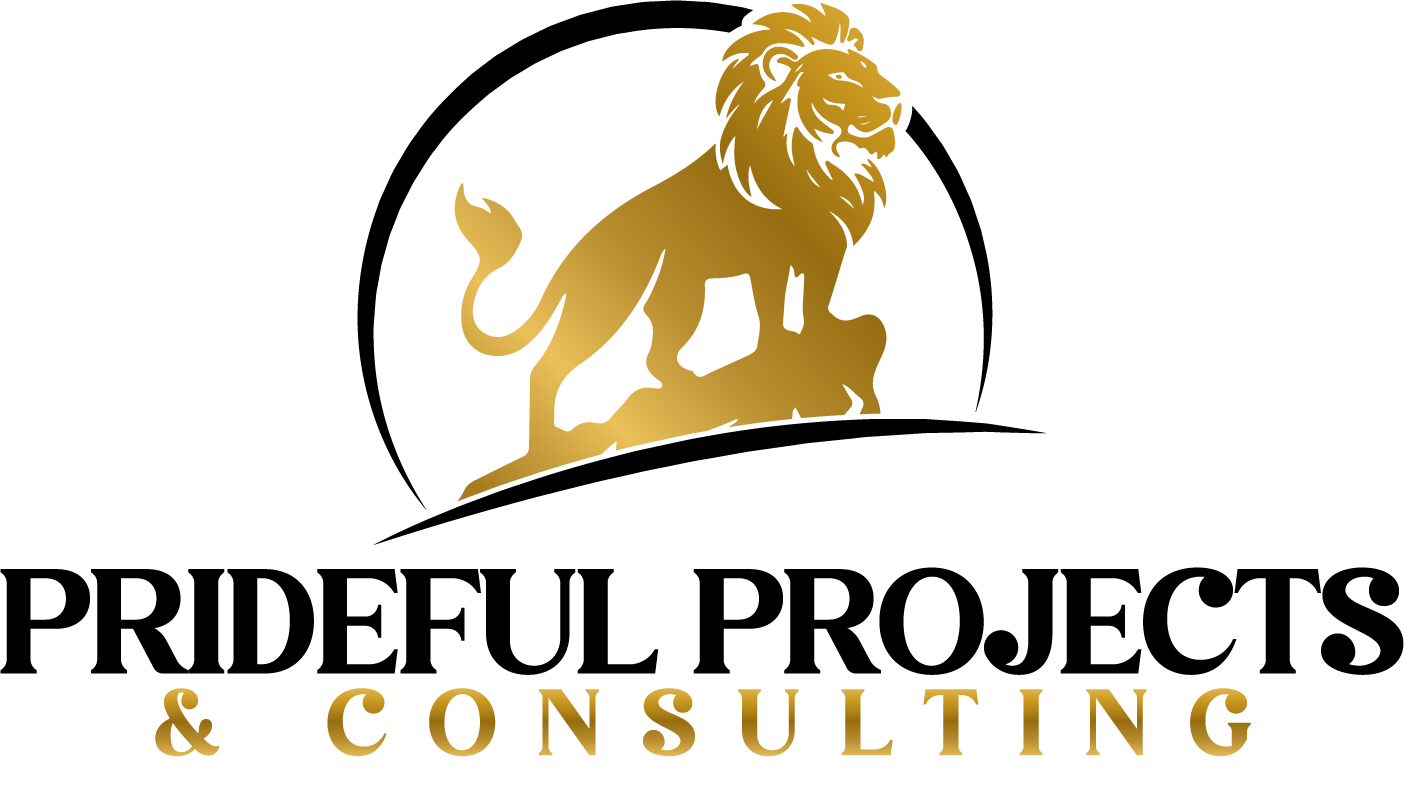Process Optimization with Lean Thinking: Where to Begin
If you’ve heard of “Lean” but think it only applies to manufacturing, think again. Lean thinking is a powerful framework for optimizing processes in any business, regardless of industry or size.
What is Lean Thinking?
Lean is about maximizing value while minimizing waste. Originating from Toyota’s production system, it focuses on delivering better results using fewer resources by eliminating activities that don’t add value.
The 7 Types of Waste in Lean
Understanding these forms of waste is the first step in streamlining operations:
Overproduction: Doing more than is needed
Waiting: Time delays between steps
Transport: Unnecessary movement of materials or data
Extra Processing: Doing more work than required
Inventory: Excess materials or information
Motion: Inefficient movements by people
Defects: Errors that require rework
How to Begin Optimizing with Lean
Map the Process
Create a visual workflow (a process map or value stream map) of how work gets done.
Identify Value-Added vs. Non-Value-Added Steps
Ask: “Would the customer pay for this?” If not, it may be waste.
Prioritize Quick Wins
Don’t try to fix everything at once. Start with high-impact areas with low effort to improve.
Involve Your Team
Frontline employees often know exactly where the inefficiencies lie. Engage them early and often.
Establish a Culture of Continuous Improvement (Kaizen)
Optimization isn’t a one-time project, it’s a mindset. Encourage regular process reviews and incremental improvements.
Why It Works
Lean empowers teams to do more with less—without burning out. It’s not about cutting corners; it’s about working smarter and delivering real value to your customers.
Ready to bring Lean thinking into your business?
Whether you're drowning in inefficiencies or just want to work smarter, we help small teams streamline their operations using practical Lean strategies. 🔗Book a free strategy session to identify quick wins and start eliminating waste today.
